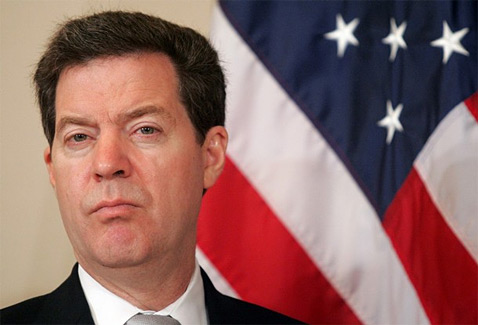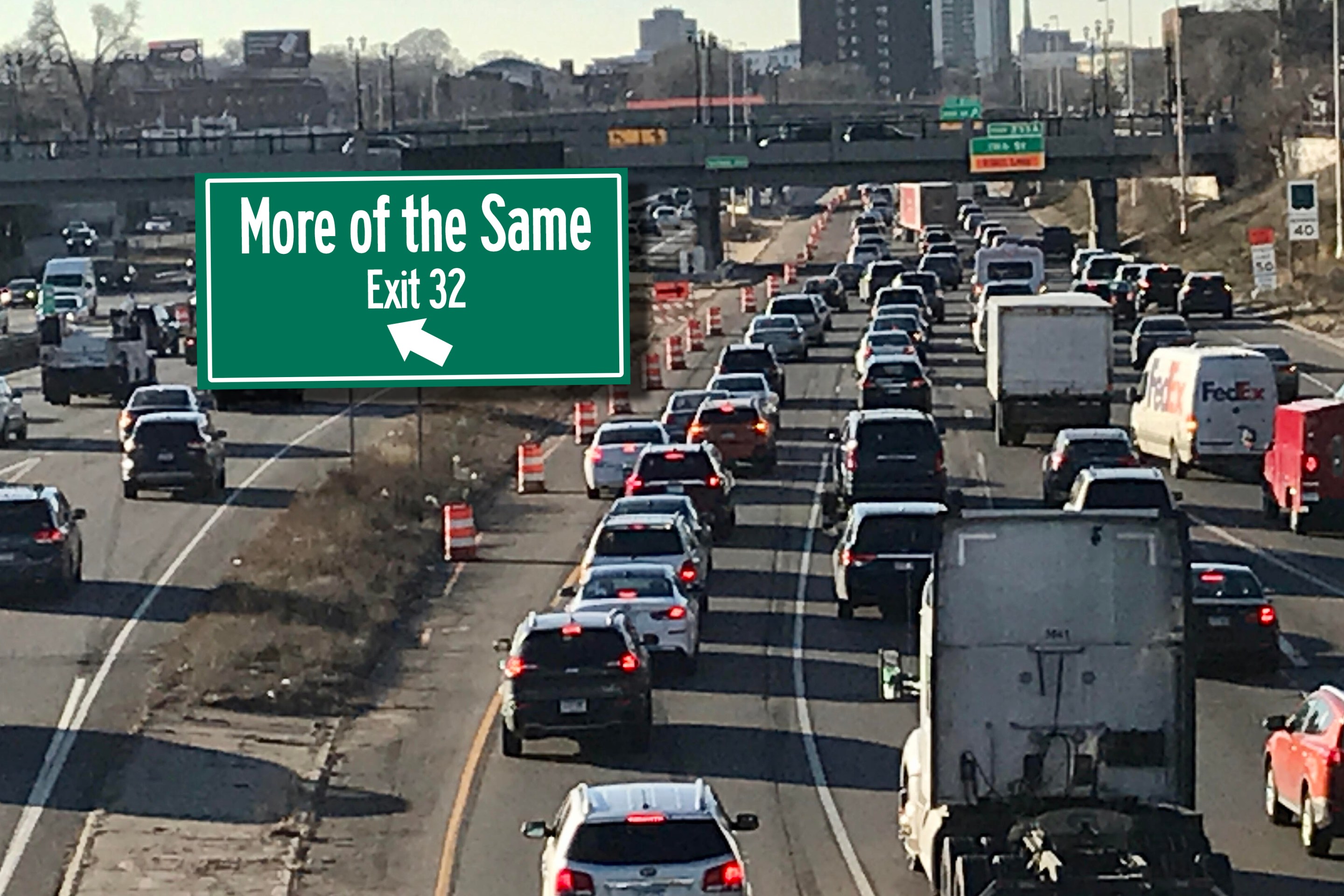The MAP-21 transportation bill in many ways made it tougher for cities and towns to provide safer streets for walking and biking. Projects to build bike lanes and sidewalks now have to compete harder for the tiny bit of funding they're eligible for. And right now, states are deciding whether or not to “opt out” of the Recreational Trails Program (RTP). Instead of spending RTP money on bicycle and pedestrian trails -- both urban and rural -- states can "opt" to spend it on something else.

But the fact is that RTP made it out of the conference process more intact than some of its sister bike/ped programs. It kept its “dedicated” funding, although that dedication is awfully porous. Then again, it always has been.
MAP-21 put the Recreational Trails Program under the umbrella of the larger Transportation Alternatives program, but RTP retained $85 million of its own funding, with each state getting the same amount they were apportioned in 2009. While Transportation Enhancements and Safe Routes to School lost their dedicated funds, RTP kept its money because it comes from a different source: a gas tax on off-road vehicles.
That unique funding source has more or less safeguarded a program that's focused on recreation -- albeit with many important urban connectors under its belt -- while throwing more transportation-oriented programs under the proverbial bus.
RTP got off relatively scot-free in what was a bruising bill process for other bike/ped programs. “What can I say?” said Marianne Fowler, senior vice president of federal relations at the Rails-to-Trails Conservancy. “We’re really happy.” She also added that recreational trails built from this fund have another benefit: They’re not treated as federal-aid highways, since the facilities aren’t roadways. That means they don’t need to comply with the same onerous project reviews and contracting processes. Unfortunately, Safe Routes to School hasn't had the same luck, meaning simple crosswalk projects can sometimes get tangled up in red tape.
All isn’t rosy with RTP, though. Governors can opt out of the program, meaning the money would go back into their total amount for Transportation Alternatives (which can then be squandered on road-building or anything else they like).
It used to be that there was only a “back door” opt-out, according to RTC's Fowler. That back door is still open, but there’s a “front door” now too.
“It’s different only in that it makes it a more direct, upfront decision,” said Fowler. “Before, you had to opt in, essentially. The governor had to appoint a trails advisory committee -- and it had to actually meet -- in order for the state to be eligible to receive RTP funds. If the state didn’t want to participate, the governor could just not appoint such a committee or not call a meeting.”
But if a governor wants to take the front door and simply declare that a state isn’t going to use the funds for trails, September 1 is the day to do it. The law says the notification needs to be given at least 30 days before the apportionments under MAP-21 are released, and that will happen October 1, the first day of the fiscal year.
So, which governors will opt out? “We’re on pins and needles” until that September 1 deadline, Fowler said. But she added that she doesn’t really expect any states to opt out -- and there have even been some happy surprises already. “I would have thought a place like Kansas, with [Sam] Brownback, who opposed rail trails very strongly and opposed railbanking when he was in the Senate -- now he’s the governor," she said. "And we were very concerned that Kansas might opt out. But no; he was one of the first ones to say, no, Kansas is not opting out. And he pointed to how important the trail system in Kansas has become as an eco-tourism destination and part of state’s economy.”
There are no such deadlines for Transportation Enhancements or Safe Routes to School. The only opt-out there is through that sneaky back door, where states simply divert the money to other uses without ever having to declare their intention to do so. Advocates for biking and walking are mobilizing to pressure their state officials to spend the money and beef up their bike/ped staff.





